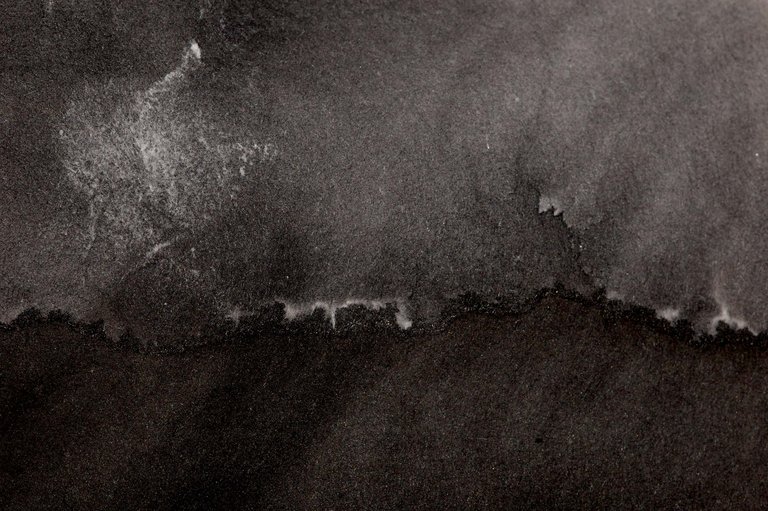Why do we say “mountain and water painting” and not how it would be customary to say, “landscape painting”?
Mountain and water painting is the literal translation of the Chinese denomination Shanshui hua 山水画, therefore the field of our artistic productions and observations that are going to be made will belong to the sphere of Chinese painting. But this is not the only reason, nor is it the most important one.
The main motive lies in the actual meaning of the term landscape. If we look at European languages, the term “landscape” is relatively recent (XV-XVI century), and always refers to a portion of land. Land- in Germanics languages and pays- and its variations in the Romance languages and in various other Slavic languages. The portion of land is what is contemplated by the artist or by a viewer in general, so it is limited by the sense of sight. Contemplation presupposes the gaze goes from the observer to the subject in front of him, an act that inevitably is static and limiting. This is even more true when the landscape is represented in visual arts. In this area, western painting and photography bends to the laws of sight and to a focal perspective, presenting a view of a portion of the land which can even be 360 degrees but it still remains a view. In this case, the landscape work of art can be completely embraced in an instant with a single glance, not because of the size of the work, but because its structure. For this reason, it is static as it cancels time and movement. Another effect that it produces is extraneousness. The work reproducing the visual perception of the artist automatically places him outside the scene, and the same applies to those who look at it.
Staticity, estrangement and submission to visual laws are three aspects that come into serious conflict with Chinese landscape painting. Shanshui hua means mountain (shan) and water (shui) painting (hua), a name that defines the favourite subjects of this pictorial category. Already the name brings with it an aspect of movement, the duality between mountains, static and massive elements and the waters, which flow and never stops, a duality which is an expression of the archetype Yin and Yang, namely the opposites that do not enter in conflict, but need each other to give full expressions of themselves. Furthermore, the generality of the term breaks down spatial boundaries, those boundaries that recall the terms land- or pays-.
In Mountain and water painting, the focal perspective is seen as an expressive limit. The viewer must not feel stuck in a portion of the landscape, nor outside of it. It must portray the feeling of being able to move freely inside of it and also feel surrounded by it.
Guo Xi "Linquan gaozhi" 《林泉高致》 writes:
A mountain seen up close has one aspect, and it has another a few miles away, and yet another one from further away. Its shape changes with each step. The front view of a mountain has one view, another view from the side and another from behind. Its appearance changes from every angle, as many times as it does the point of view. So, it is necessary to realize that a mountain combines in itself several thousand shapes.
山近看如此,远数里看又如此,远十数里看又如此,每远每异,所谓山形步步移也。山正面如此。侧面又如此,背面又如此,每看每异,所谓山形面面看也。如此是一山而兼数十百山之形状,可得不悉乎?

https://nftshowroom.com/giacomofumo/gallery/giacomofumo_inkscapes_nightskape
See my paintings https://saurosefolli.wixsite.com/giacomoshan/selezione-di-lavori